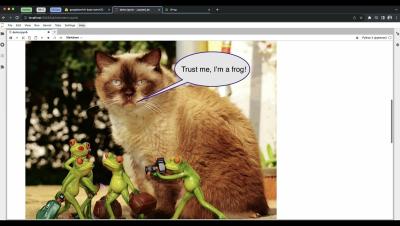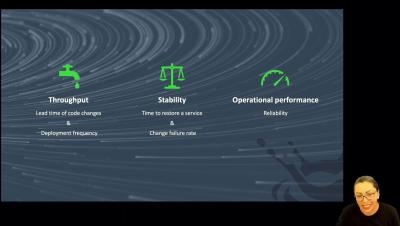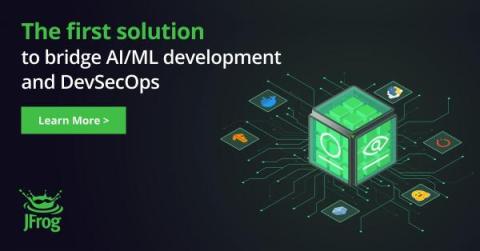Security | Threat Detection | Cyberattacks | DevSecOps | Compliance
JFrog
swampUP 2023: Keynote Opener
The Next-Gen Software Supply Chain by Shlomi Ben Haim | CEO & Co-founder, JFrog
Incorporating Every Element - SSC as a Platform by Yoav Landman | CTO & Co-founder, JFrog
See JFrog's ML Model Management in Action
Release with Trust or Die. Key swampUP 2023 Announcements
Every year, JFrog brings the DevOps community and some of the world’s leading corporations together for the annual swampUP conference, aimed at providing real solutions to developers and development teams in practical ways to prepare us all for what’s coming next.
DevSecOps101: To Do or Not To Do
Announcing JFrog SAST: Build Trust and Release Code With Confidence
Today’s software applications power almost every aspect of our lives, and ensuring the security of these applications is paramount. Threat actors can cause devastating consequences for companies, leading to financial losses, reputational damage, and legal repercussions. Companies building commercial or in-house applications must adopt robust security measures throughout their software development lifecycle to avoid releasing vulnerable code.
Bridging the gap between AI/ML model development and DevSecOps
AI and machine learning (ML) have hit the mainstream as the tools people use everyday – from making restaurant reservations to shopping online – are all powered by machine learning. In fact, according to Morgan Stanley, 56% of CIOs say that recent innovations in AI are having a direct impact on investment priorities. It’s no surprise, then, that the ML Engineer role is one of the fastest growing jobs.











